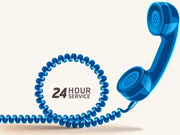
Defying Iron's Impact: How Adhesive Bandages Aid in Injury Healing
Release time:2023-09-21 Click:142
Introduction:
In a world where technology and advanced medical interventions dominate the healthcare landscape, it's easy to overlook the humble adhesive bandage. Often dismissed as a basic first aid tool, adhesive bandages play a crucial role in supporting the body's natural healing process. In this article, we will explore the remarkable ways in which adhesive bandages defy the impact of iron and aid in injury healing.

The Science Behind Adhesive Bandages:
Adhesive bandages, also known as plasters or Band-Aids, consist of three main components: the adhesive, the pad, and the backing material. The adhesive, typically made of a hypoallergenic material, adheres to the skin, keeping the bandage securely in place. The pad, made of a non-stick material such as gauze, covers the wound, protecting it from contaminants while allowing it to breathe. The backing material provides structural support to the bandage, ensuring it stays intact during movement.
Promoting Wound Healing:
Adhesive bandages create an optimal environment for wound healing. By covering the wound, they act as a barrier against bacteria, dirt, and other foreign particles that could potentially cause infection. The pad absorbs any exudate from the wound, preventing it from pooling and promoting a moist wound healing environment. Additionally, the adhesive properties of the bandage keep the wound edges together, facilitating the natural healing process.
Accelerating Blood Flow:
One of the lesser-known benefits of adhesive bandages is their ability to improve blood flow to the injured area. When a bandage is applied, it exerts a gentle pressure on the skin, which helps to dilate blood vessels. This increased blood flow brings essential nutrients and oxygen to the injured tissues, aiding in the healing process. Moreover, the pressure applied by the bandage can help reduce swelling and inflammation, further promoting healing.
Protecting Against Scarring:
Scarring is a natural part of the healing process, but adhesive bandages can help minimize its appearance. By keeping the wound covered and protected, bandages reduce the risk of scabs forming, which can lead to more prominent scars. Additionally, the moist environment created by the bandage promotes the growth of new skin cells, resulting in smoother and less visible scars.
Supporting Joint and Muscle Injuries:
Adhesive bandages are not only useful for surface wounds but also provide support for joint and muscle injuries. Sports enthusiasts often rely on specialized bandages, such as elastic adhesive bandages or kinesiology tape, to stabilize joints and reduce strain during physical activity. These bandages provide compression, support, and proprioceptive feedback, allowing individuals to continue their activities while minimizing the risk of further injury.
Conclusion:
In a world where high-tech medical advancements often steal the spotlight, it's important to recognize the enduring value of adhesive bandages. These seemingly simple tools play a vital role in promoting wound healing, accelerating blood flow, protecting against scarring, and supporting joint and muscle injuries. So, the next time you reach for an adhesive bandage, remember its remarkable ability to defy iron's impact and aid in the healing process.
Hot products
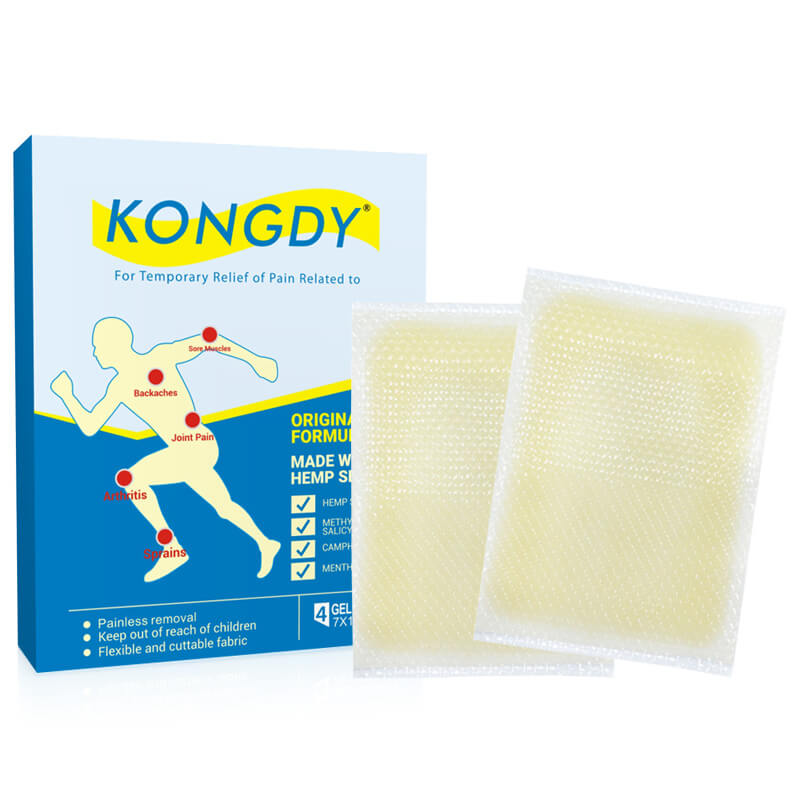
CBD Pain Relief Patch
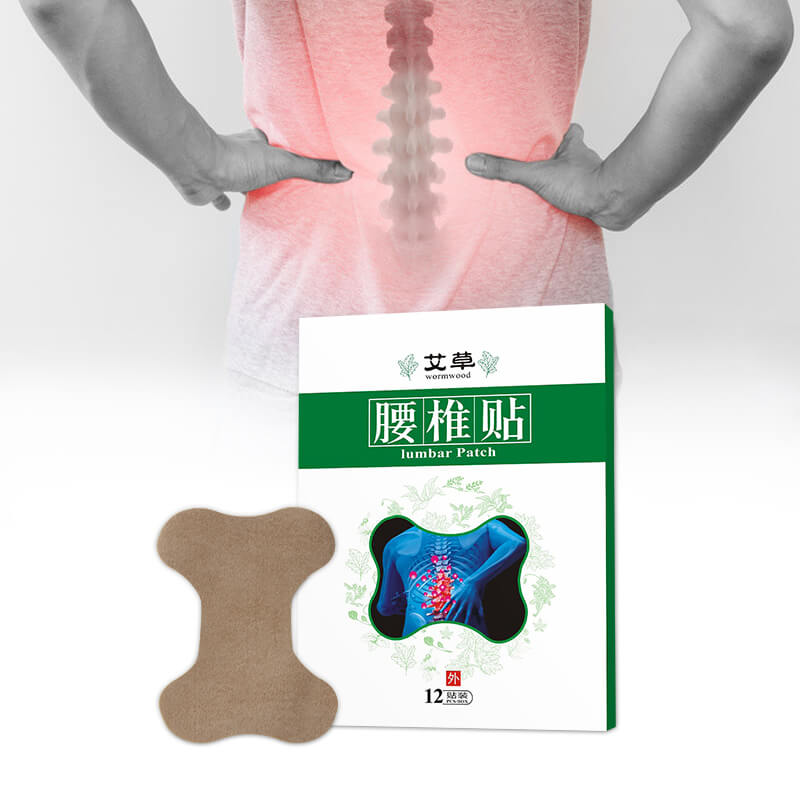
Lumbar Plaster Pain Relief Patch
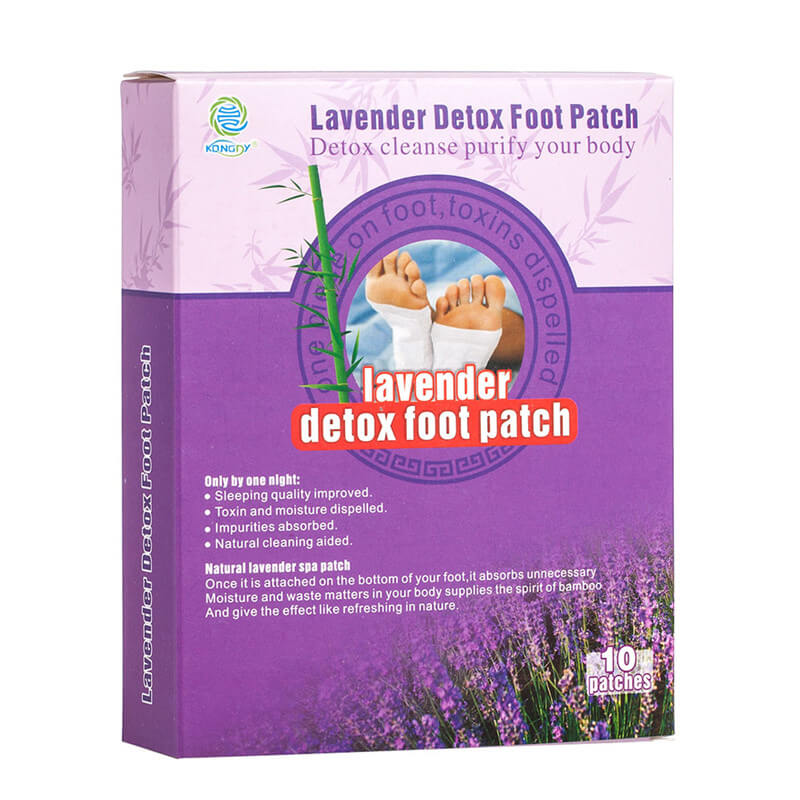
Lavender Detox Foot Patch
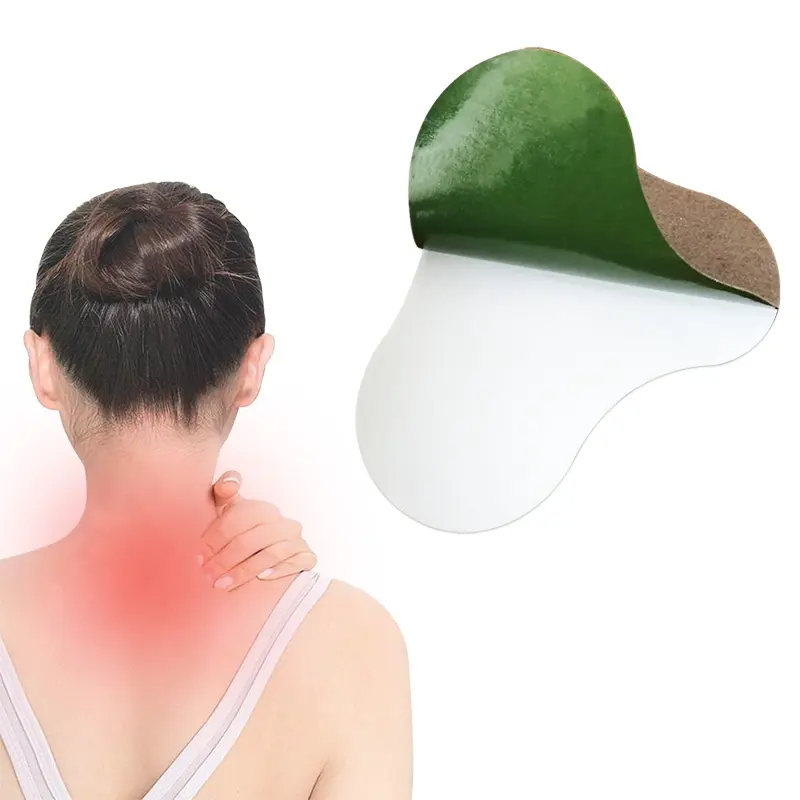
Cervical Vertebra Pain Relief Patch
Tel:0086-18939260319
E-mail:kongdycn201810@gmail.com
